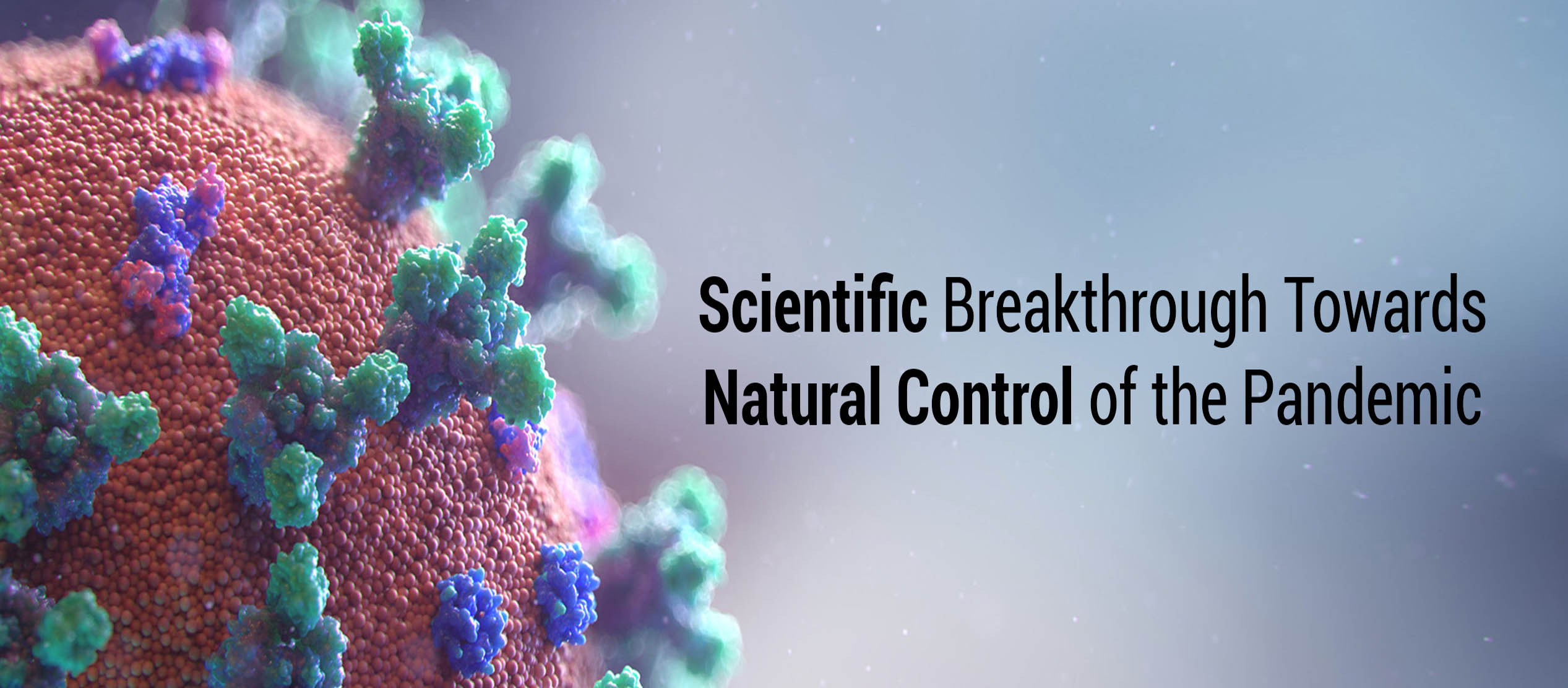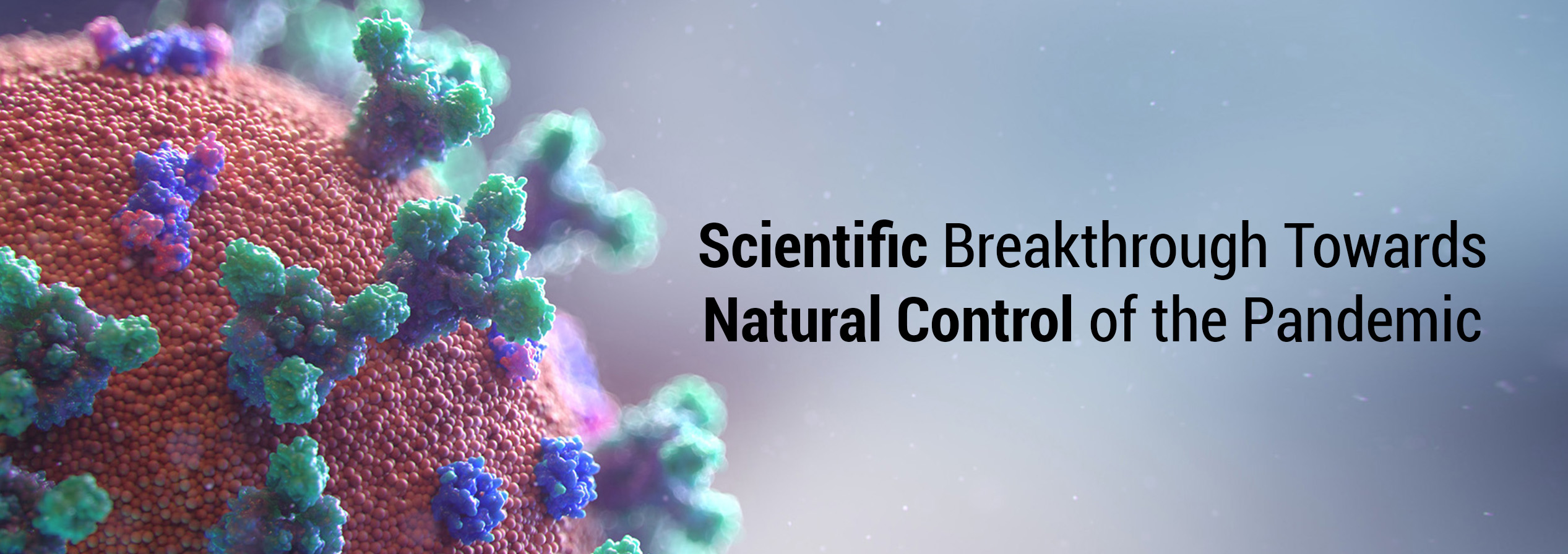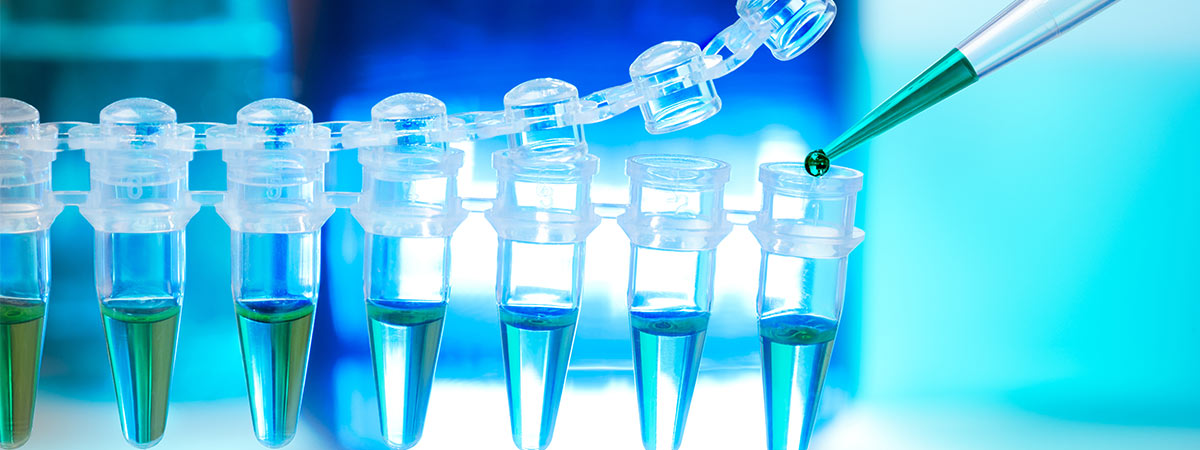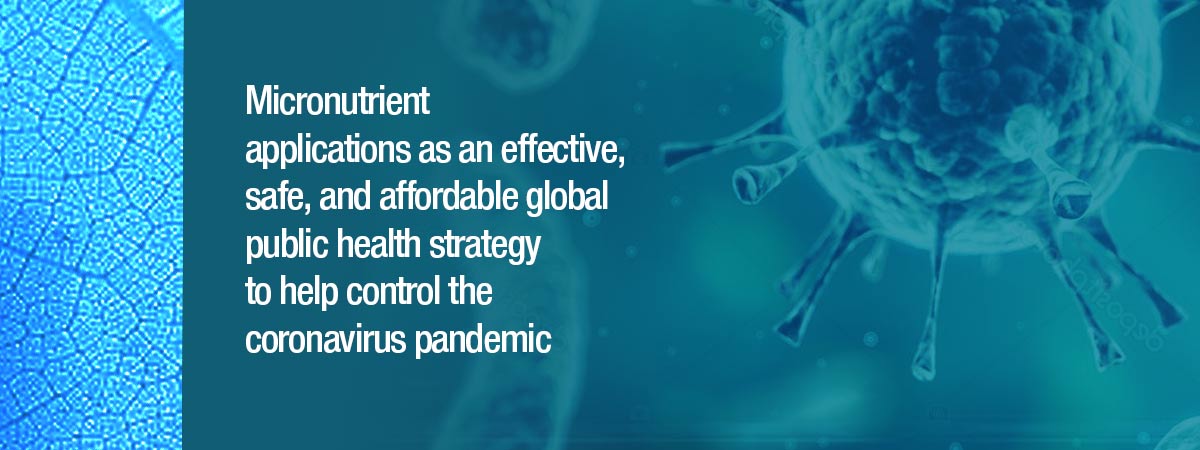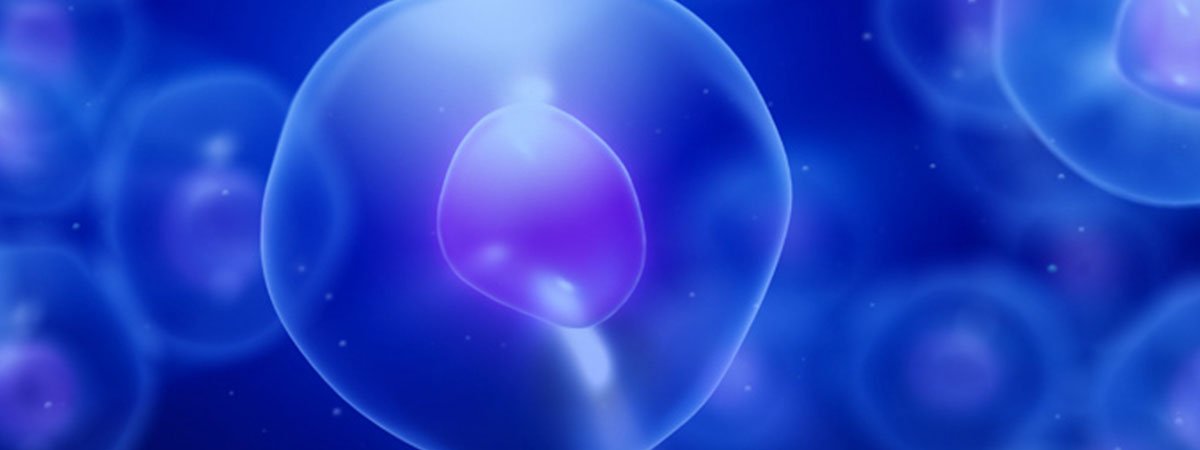M.W. Roomi, T. Kalinovsky, M. Rath, A. Niedzwiecki
Dr. Rath Research Institute, Santa Clara, CA
International Journal of Oncology 2014, 44: 986-992
Abstract:
Strong clinical and experimental evidence demonstrates association of elevated levels of matrix metalloproteinase MMP-9 with cancer progression, metastasis and shortened patient survival, as it plays a key role in tumor cell invasion and metastasis by digesting the basement membrane and ECM components. MMP-9 is secreted in both the monomeric and dimeric form. Though there is little research on MMP-9 dimers, some studies have shown the dimer to be associated with more aggressive tumor progression. Our objective was to study the relative secretion patterns of MMP-9 monomer and dimer by a variety of cancer cell lines and the effect of a nutrient mixture (NM) containing lysine, proline, ascorbic acid and green tea extract on MMP-9 secretion.
The cancer cell lines were grown in their respective media, supplemented with 10% FBS, penicillin (100 units/ml), and streptomycin (100 g/ml) in 24-well tissue culture plates. At near confluence, the cells were treated with NM at 0,10, 50, 100, 500 and 1000 µg/ml. Parallel sets of cultures were treated with PMA (100 ng/ml) for induction of MMP-9. Cell MMP-9 secretion was assayed by gelatinase zymography. MMP-9 dimer secretion patterns of cancer cells fell into different categories. We observed no MMP-9 dimer in prostate DU-145 and PC-3, pancreatic MIA-Pa-Ca2, colon HCT-116, bladder T-24, head and neck FaDu, glioblastoma A-172, T-98 and LN-18 and leukemia HL-60, Jurkat, and Raji cell lines. MMP-dimer secretion only with PMA induction was seen in breast MCF-7 and MDA-MB-231, uterine SK-UT-1, lung A-549, tongue SC-25, melanoma A2058, osteosarcoma U-2OS, rhabdomyosarcoma, fibrosarcoma HT-1080, chondrosarcoma SW-1350 and liposarcoma SW-872. Cervical Hela and DoTc-24, renal 786-0 and HCC SK-Hep-1 exhibited MMP-9 dimer without PMA treatment and increased secretion with PMA treatment. Sarcomas had the highest levels of MMP-9 monomer and dimer with and without PMA among these cancer cell lines. Cervical, uterine, and male breast cancer cell lines showed the next highest levels of MMP-9, followed by breast cancer cell lines. Melanoma, renal, lung, head and neck and HCC showed the lower levels and prostate, glioblastoma, bladder and leukemia cell lines the lowest. NM showed dose-dependent inhibition of MMP-9 monomer and dimer in all cell lines tested. In conclusion, high MMP-9 and dimer secretion levels correlated with the most aggressive cancer cell lines. NM was effective in inhibiting MMP-9 and dimer secretion in all cell lines tested, suggesting its therapeutic potential as an antimetastatic agent.
Running Title:
Nutrients suppress MMP-9 dimers
Key words:
MMP-9 dimers, nutrient mixture, human cancer cell lines
Access:
http://www.spandidos-publications.com/10.3892/ijo.2013.2235




